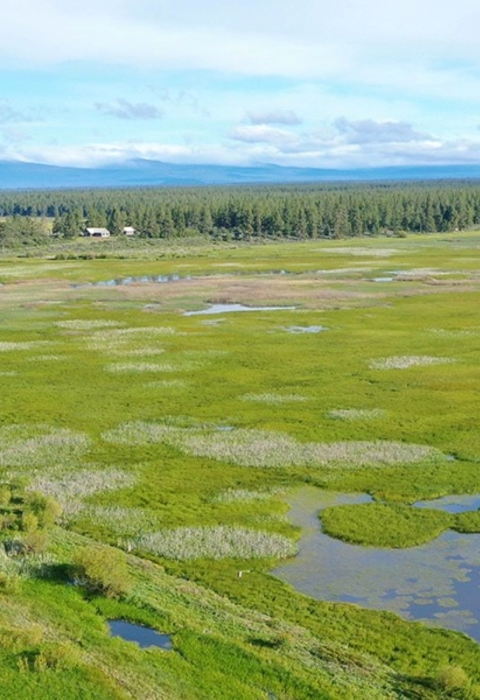About Us
The Klamath Marsh National Wildlife Refuge was established in 1958 as sanctuary for migratory birds. The refuge primarily consists of 43,737 acres of wet meadows, open water wetlands, and a riparian riparian
Definition of riparian habitat or riparian areas.
Learn more about riparian river corridor. this large natural marsh, with a backdrop of the Cascade Mountain Range in central Oregon, encompasses the upper reaches of the Williamson River and provides important nesting, feeding, and staging habitat for waterfowl, secretive marsh birds such as the yellow rail, and sandhill cranes.
Bird diversity is high given the mosaic of habitat types within and around Klamath Marsh. The refuge is also one of the last remaining strongholds of the Oregon spotted frog, a threatened species under the Endangered Species Act. This refuge along with the 16,933 acres of wetlands on the nearby Upper Klamath Refuge continues to have a rich cultural heritage. It includes part of the historic lands and former reservation used by the Klamath Tribes, who hunt, fish, and gather on the marsh and river today.
Our Mission
The mission of the National Wildlife Refuge System is to administer a national network of lands and waters for the conservation, management and, where appropriate, restoration of the fish, wildlife and plant resources and their habitats within the United States for the benefit of present and future generations of Americans.
